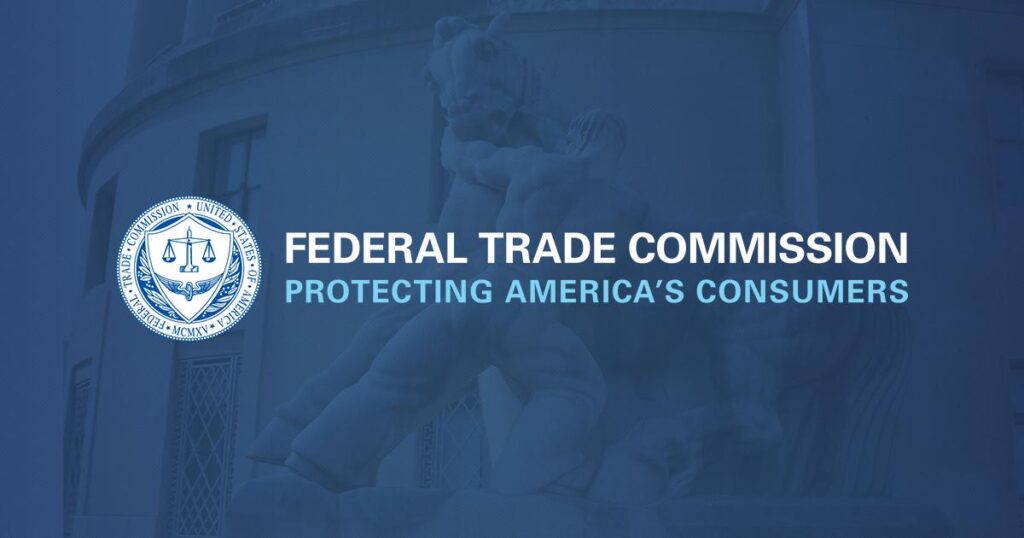The world of television has evolved, but it has nothing to do with who is starring in it or what is being shown. This is an important consideration for consumers to keep in mind when purchasing a new TV, and it’s also useful information that businesses can provide to potential customers.
The Federal Trade Commission’s energy labeling rules require manufacturers of related products to disclose the energy consumption or energy efficiency of their models at the time of sale. EnergyGuide labels provide consumers with key information for comparison shopping. For example, a $600 widget may be more economical than a competing $500 widget if a higher-priced model has lower energy costs. The specific amounts on the label come from Department of Energy testing procedures. Additionally, the label contains a “comparable range” indicating the lowest and highest numbers for comparable models.
The Federal Trade Commission recently revised energy labeling rules to include revised “comparable range” numbers for televisions based on updated testing from the U.S. Department of Energy. For example, for smaller 24”-29” screens, new annual energy costs range from $5 to $15. But what about those basement behemoths that are 69.5 inches or larger? The adjusted price range is now $32 to $155. Throw in a few seasons of March Madness, award shows, football games and hit TV series, and the numbers can really add up.
The good news for consumers is that revised energy labeling rules for televisions will come into effect on May 2, 2024. By then manufacturers must start using the new range on newly produced product labels, giving shoppers an updated tool to compare the true cost of buying a TV.
But there’s a caveat. As the transition proceeds, consumers may see TVs with the old label and TVs with the new label. Both may be great products, but because the range has changed, consumers won’t be able to make a direct comparison of the energy costs of a TV produced when the earlier range came into effect versus a TV in the revised range. How do people know which version of the label they are viewing? The old version used the phrase “based on 12 cents per kilowatt hour,” while the new version uses the phrase “based on 16 cents per kilowatt hour.”
As the transition proceeds, the FTC has created a downloadable infographic to help industry members explain the situation with TV Energy Guide labels to consumers. Consider making this information available at the point of sale in stores and online, and have it handy when people have questions. We think this is a useful service that can help convert shoppers into customers.
